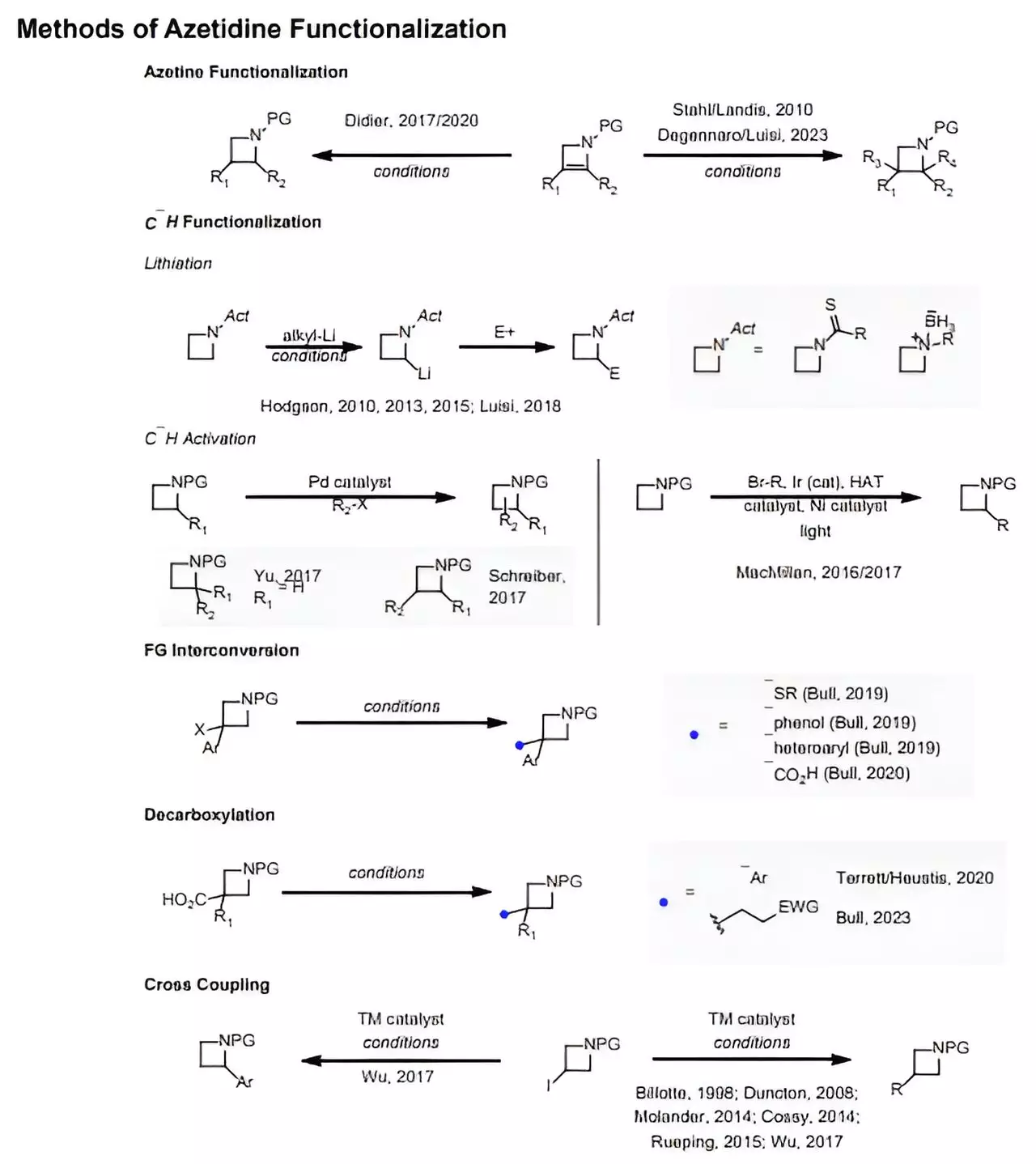The scientific community is on the brink of a revolutionary advance in pharmaceutical chemistry, thanks to groundbreaking research conducted by a collaborative team from MIT and the University of Michigan. This study centers on azetidines, four-membered nitrogen-containing rings that offer vast potential for generating novel drug compounds. Despite their incredible promise, azetidines have historically presented a formidable challenge for chemists due to complexities in their synthesis. In stark contrast stands the relative ease of creating five-membered nitrogen heterocycles, which form the backbone of numerous FDA-approved drugs. The researchers’ innovative findings not only illuminate the path toward efficient azetidine synthesis but also reshape our understanding of chemical reactions altogether.
Illuminating the Path with Photocatalysis
At the heart of the research lies an exciting method utilizing photocatalysis. This technique allows chemists to harness light to drive chemical reactions, thereby elevating the reactants into an excited state that considerably enhances their reactivity. The utility of this approach cannot be overstated; it transforms reactions that would typically be considered infeasible into accessible opportunities for synthesis. The brilliance of the research team, led by MIT’s Heather Kulik and the University of Michigan’s Corinna Schindler, shines through as they navigate the complexities of azetidine formation using a photocatalyst in conjunction with two precursors: an alkene and an oxime.
From Trial-and-Error to Predictive Precision
In the past, drug development often relied on a laborious trial-and-error approach, leaving researchers to painstakingly sift through countless substrates in hopes of finding suitable reactants. With the introduction of computational modeling, the MIT and University of Michigan team instills a sense of optimism and efficiency into the process. Their innovative approach allows for the pre-screening of potential compounds, enabling researchers to predict which combinations would be most successful in forming azetidines before they ever set foot in the lab.
The power of this predictive modeling hinges on the concept of frontier orbital energy matching, a fundamental principle governing chemical reactions. This concept utilizes quantum mechanics to understand electron behavior and reactivity. By calculating the energies of the frontier orbitals of alkenes and oximes, the researchers can ascertain which reactant pairs are more likely to yield fruitful reactions with the assistance of a photocatalyst.
The Science Behind Chemical Interactions
Central to this study is the employment of density functional theory, which leverages the Schrödinger equation to predict electron positioning and energy. This sophisticated approach allows researchers to gain insights into how substituent groups influence the energetic landscape of a compound’s orbitals. With these insights, they could intelligently predict which alkene and oxime combinations would most likely interact favorably during photocatalytic reactions.
The research team undertook thorough calculations for 16 different alkenes and nine oximes, ultimately testing 18 predicted combinations. Remarkably, the accuracy of their predictions points to a significant oversight in the field: chemists had previously underestimated the range of azetidine substrates accessible for synthesis. This opens an entirely new domain for exploration in drug discovery, with implications that extend beyond mere laboratory curiosities.
Real-World Applications in Drug Discovery
The tangible benefits of this research extend into the real world, as evidenced by the successful synthesis of derivatives of two existing FDA-approved drugs: amoxapine and indomethacin. Such achievements underscore the practical applications of the research, as they demonstrate how computational insights can directly lead to innovative drug development strategies. By predicting and enhancing chemical reactivity through sophisticated modeling, pharmaceutical companies could significantly reduce their research and development costs while simultaneously accelerating the discovery phase of new compounds.
Moreover, this collaboration is just the beginning. Kulik and Schindler are already setting their sights on further explorations into the synthesis of other compound classes, including those with three-membered rings, thereby expanding the scope of their research and pushing the boundaries of what is chemically possible.
Looking Ahead: The Future of Photocatalytic Syntheses
The advent of photocatalysis marks a new epoch in synthetic chemistry, as researchers begin to unlock previously unexplored avenues of reaction pathways. As the collaborative efforts between MIT and the University of Michigan continue to yield promising results, we stand at the precipice of a new era in pharmaceutical research. The ability to predict and efficiently synthesize complex azetidines signals a paradigm shift; the long-held notion of trial-and-error chemistry may soon give way to a landscape defined by computational foresight and innovative catalysis. The future of drug discovery is not merely bright—it’s incandescent.


Leave a Reply